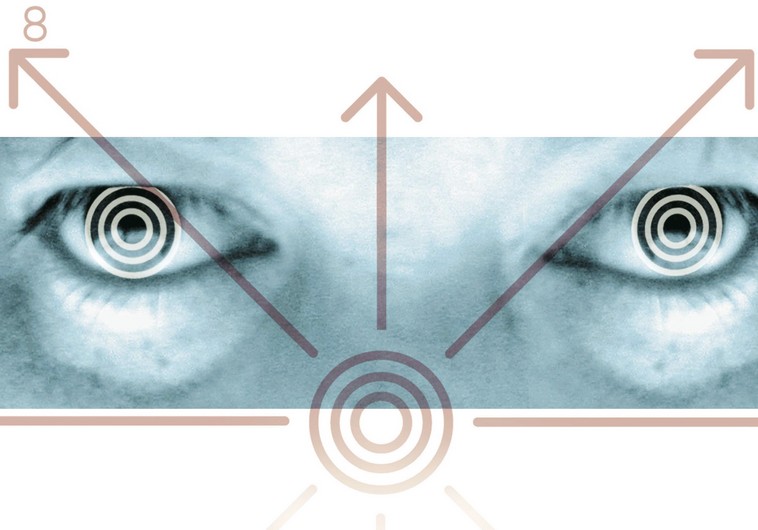Involuntary eye movement a foolproof indication for ADHD diagnosis, say Israeli researchers
Until this discovery, there had been no reliable physiological markers to diagnose ADHD.
 While the eyes are a muscle, it has not been proven that so-called ‘exercises’ are beneficial.
While the eyes are a muscle, it has not been proven that so-called ‘exercises’ are beneficial.